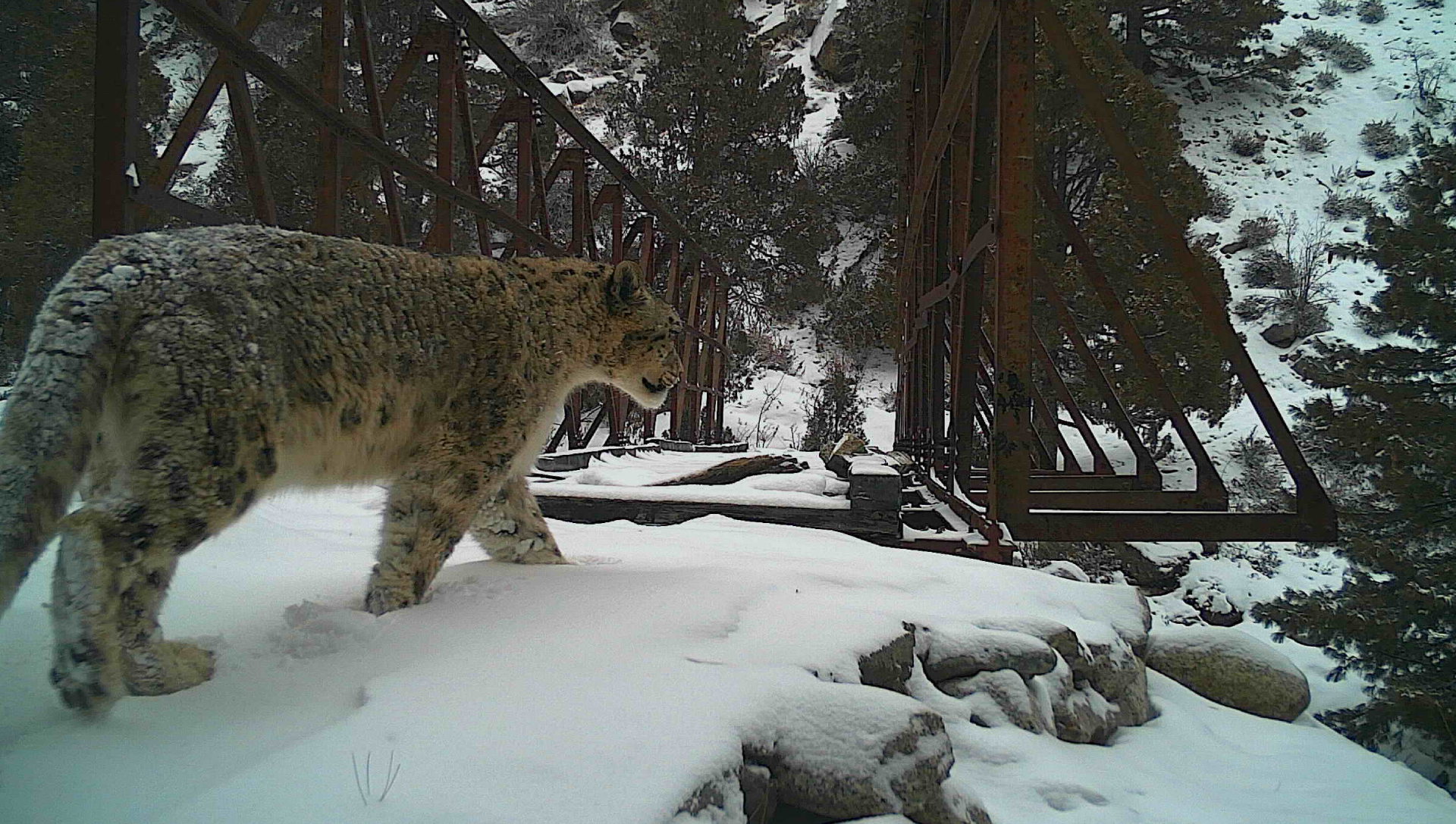DEHRADUN: Dogs might be a man’s best friends, but if the Wildlife Institute of India, Dehradun (WII) communiqué is to be believed the dogs are becoming a threat to the ‘vulnerable’ snow leopards and other native species in Gangotri National Park (GNP) in Uttarakhand.
In its communique to the GNP has recommended the ‘management of dog populations to avoid further detrimental impacts on native species in the park including snow leopard (Panthera uncia), Tibetan wolves (Canis lupus chanco) and red fox (Vulpes vulpes).
“In the Gangotri National park, dogs can compete directly for prey with carnivores such as Tibetan wolves (Canis lupus chanco), snow leopards (Panthera uncia), and red fox Vulpes vulpes,” states the WII in the recommendations to park administration.
Based on research and studies in the last 10 years from 2012-21, the letter described dogs as avid chasers and can displace wildlife from their habitats, particularly certain species like ungulates, who can act as potential prey for hunting dogs.
Pointing out that studies in other areas with similar habitat types such as Mongolia, Ladakh and Lahaul Spiti describe the urgent need for the exclusion of feral dogs from critical wildlife habitats, as their impact on wildlife in open habitats like the trans-Himalaya and alpine habitat can be severe, the WII warned that the presence of dogs in wildlife areas can also disrupt the bird community particularly birds with ground-nesting habits such as Tibetan horn lark (Eremophila alpestris).
Revealing that communication with Indo-Tibetan Border Police at Neelapani reported an instance in which six dogs snatched a freshly killed bharal from a snow leopard and attacked bharal (blue sheep) in Nelang valley, the WII letter states that ‘exceptional numbers of dogs’ were seen at Nelang ITBP camp and Pulam Sumda camp and rest of the camps also has a substantial number of dogs.
Instances of a dog chasing a red fox and a dog with a marmot kill were also photographed during the camera trap monitoring in the years 2015 and 2021.
Dog predation on blue sheep is more likely during the winter when heavy snow cover restricts blue sheep’s ability to flee and makes them easy prey for packs of dogs.
Similar records of dogs chasing wild prey species including large animals like Sambar and pheasants were observed in the areas outside the national park.
Other species which can be affected by the presence of dogs in GNP are Marmot (Marmota himalayana), Woolly Hare (Lepus oiostolus), Red fox (Vulpes vulpes), Sand Fox (Vulpes ferrilata), and Chukar Partridge (Alectoris chukar) and Snow Cock (Tetraogallus himalayensis), revealed the letter.
A study in the year 2021 estimated the number of snow leopards to be 33 in the GNP (upper limit: 34- Lower limit: 32).
The study also confirms the presence of a high density of snow leopards, an active breeding population, and suitable habitats outside the park which offers connectivity to other protected areas, establishing the national park as a ‘strategically important source population for snow leopard conservation in the landscape’.
According to the study, connectivity between the National Park and areas outside the park, such as Srikant, Chorghad, Kiyarkoti, and Siyanghad, is crucial for ensuring continuity between the GNP and surrounding protected areas.
It is vital to maintain the national park’s connectivity with these habitats for the long-term protection of the snow leopard.
The findings also indicated the importance of active management and protection for snow leopards in the presence of various human activities in the landscape.
Checkpoints at the entry points of the Kedar and Rudragyra valleys can be established to improve park security.
Further stating that potential conflict with herders and a decline in prey abundance may limit the snow leopard’s usage of space, the letter said that currently ‘very little’ is known about the interactions between snow leopards and nomadic pastoralists in the region.
Since nomadic pastoralists are the primary stakeholders in snow leopard habitats, additional research on the interaction between wildlife and livestock herders in the area is needed, says the communique.

